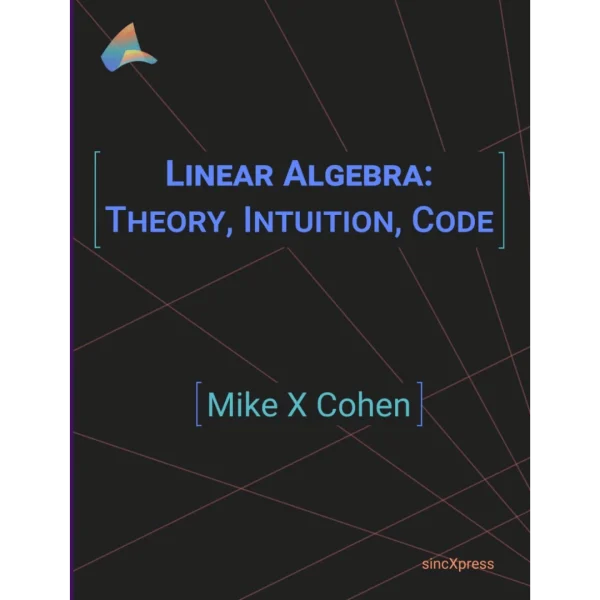
Linear Algebra: Theory, Intuition, Code
Original price was: $35.00.$10.00Current price is: $10.00.
PDF 2,22 MB • Pages: 580
- 100% Satisfaction Guaranteed!
- Immediate Digital Delivery
- Download Risk-Free
Are you ready to dive into the vibrant world of linear algebra and learn how it powers real-world applications? Welcome to this comprehensive textbook, where traditional theory meets modern computational practices.
Linear algebra is the magic behind many computational sciences — machine learning, AI, data science, statistics, simulations, computer graphics, multivariate analyses, matrix decompositions, signal processing, and more. But here’s a secret: the way it’s taught in traditional textbooks isn’t how professionals use it in the field.
For instance, have you ever wondered about the practical importance of a matrix’s “determinant”? You might be in for a surprise! This book bridges the gap between theoretical understanding and practical application, showing you not only the “what” but also the “how” of implementing linear algebra in real-world scenarios.
What makes this book a must-have resource?
- Crystal-clear explanations of linear algebra concepts and theories.
- Multiple angles to explain ideas, a proven technique to help cement your understanding.
- Vivid graphical visualizations to enhance your geometric intuition of linear algebra.
- Real-world implementations in MATLAB and Python. After all, in today’s world, you seldom solve math problems by hand. Software is the way forward!
- A range of topics from beginner to intermediate levels, including vectors, matrix multiplications, least-squares projections, eigendecomposition, and singular-value decomposition.
- Emphasis on the application-oriented aspects of linear algebra and matrix analysis.
- Intuitive visual explanations of diagonalization, eigenvalues and eigenvectors, and singular value decomposition.
- Ready-to-use codes in MATLAB and Python to bring linear algebra concepts to life on your computer. All codes can be downloaded from https://github.com/mikexcohen/LinAlgBook.
- A unique blend of hand-solved exercises and advanced code challenges. Remember, math is not a spectator sport!
Whether you’re just starting your journey in linear algebra or seeking to apply these concepts to data analyses on computers (such as data science, machine-learning, or signal processing), this book is your go-to guide. With this book at your side, you won’t just learn linear algebra; you’ll experience it!
You must be logged in to post a review.

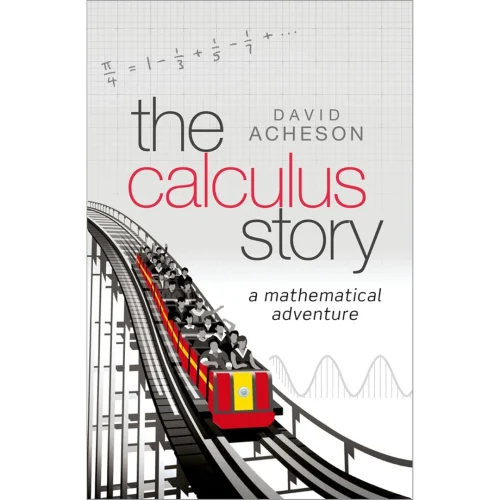

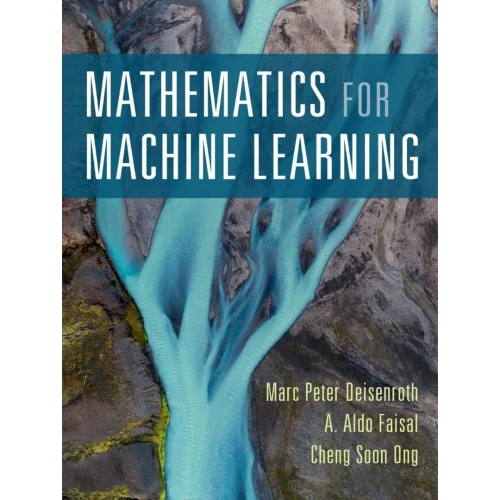
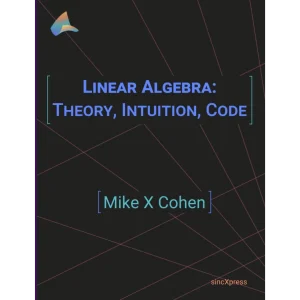
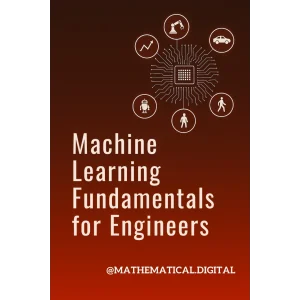
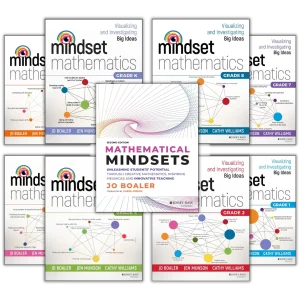
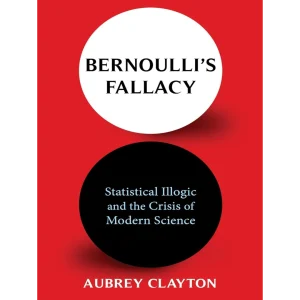
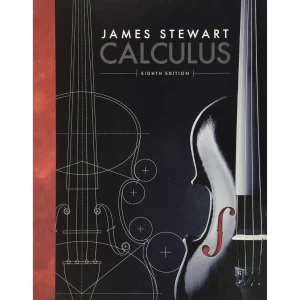

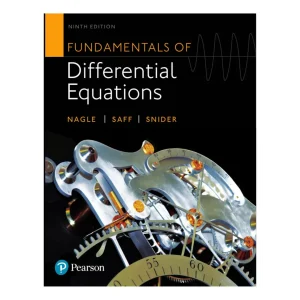
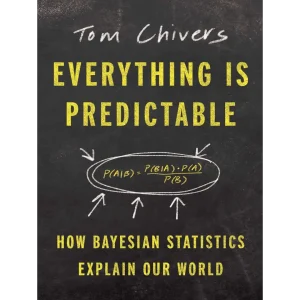
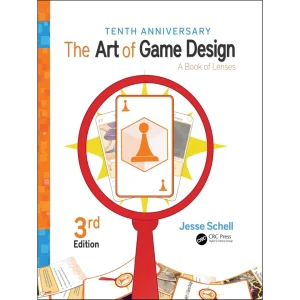
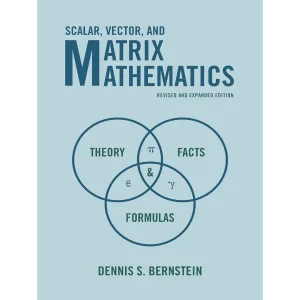
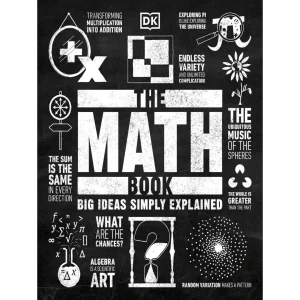
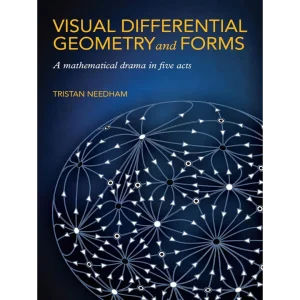
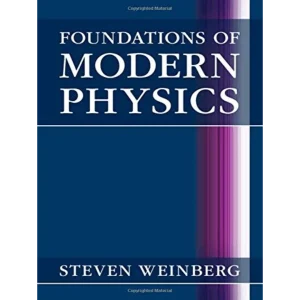
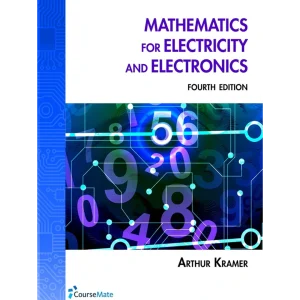

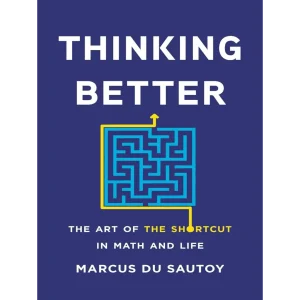
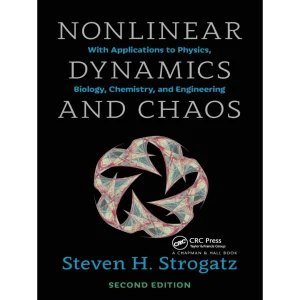
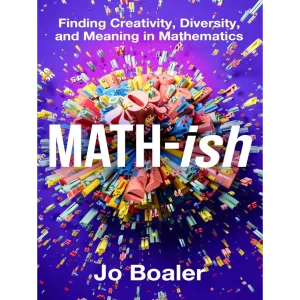
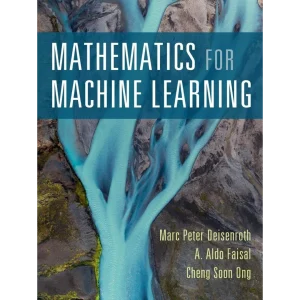

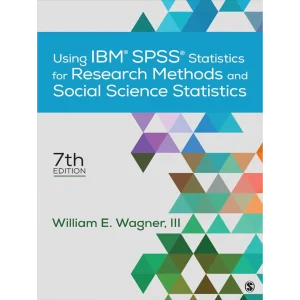
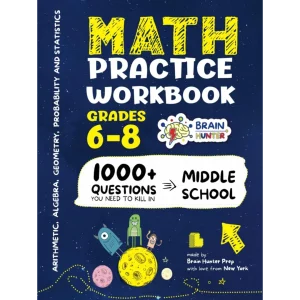
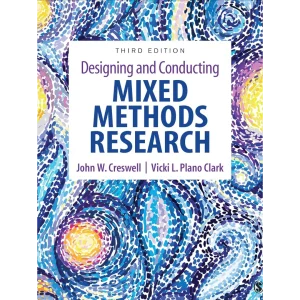
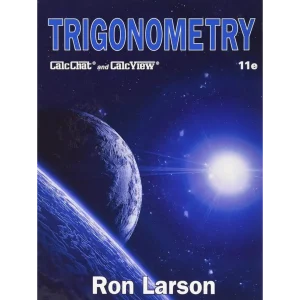
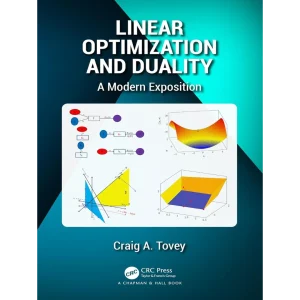

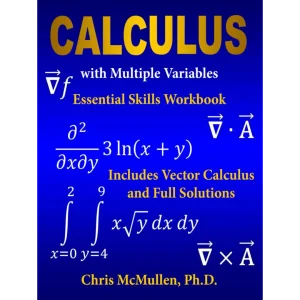
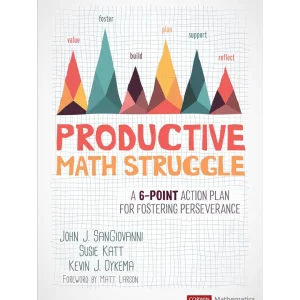
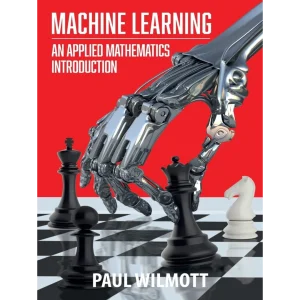
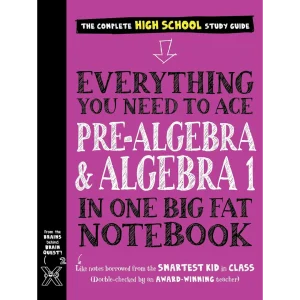
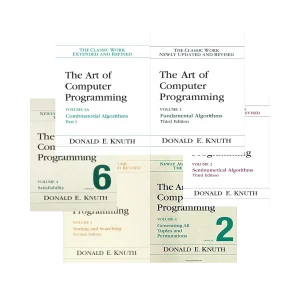
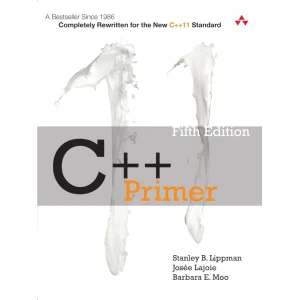
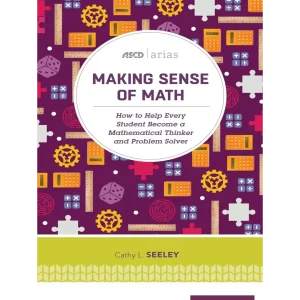
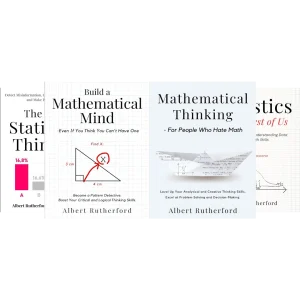
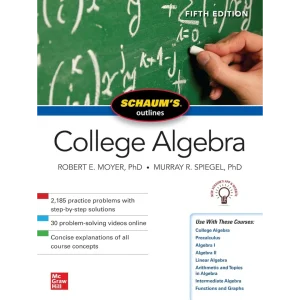
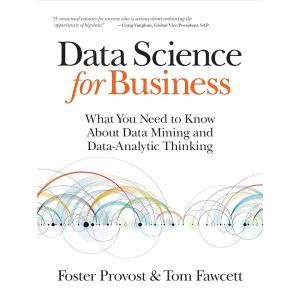
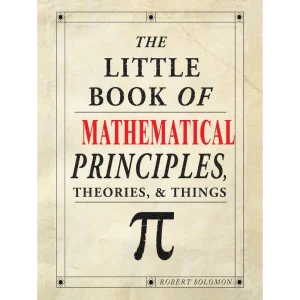
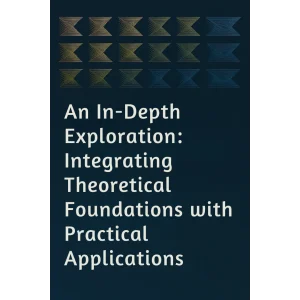
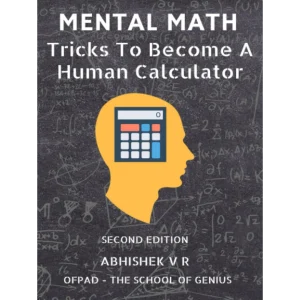
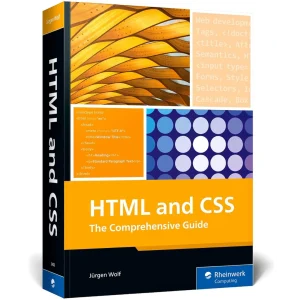
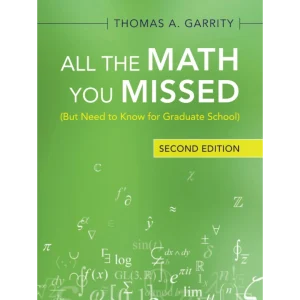
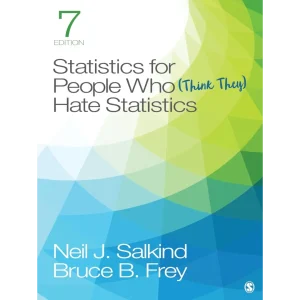
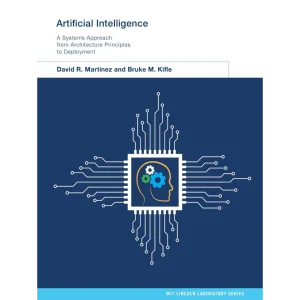
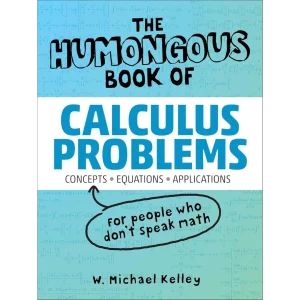
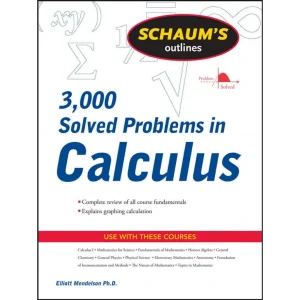
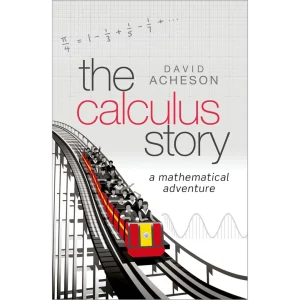
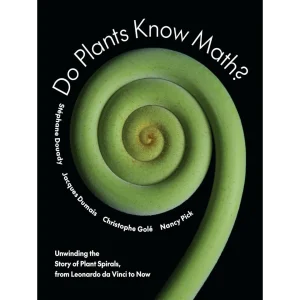
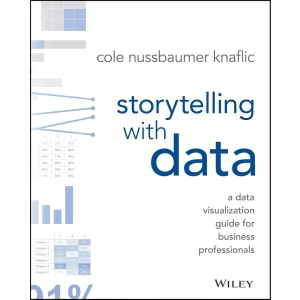
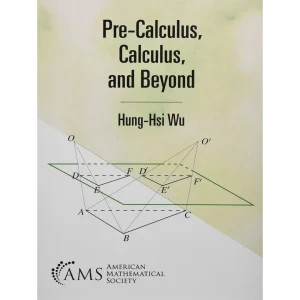
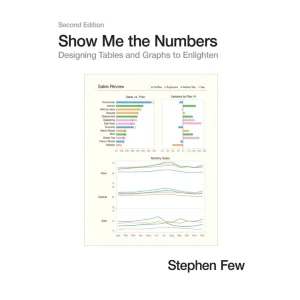
Reviews
There are no reviews yet.